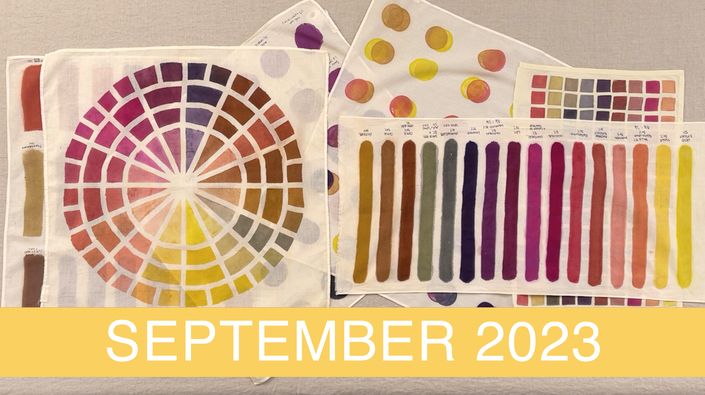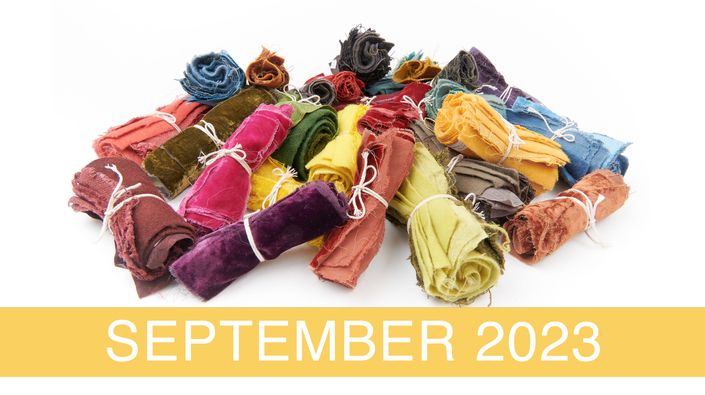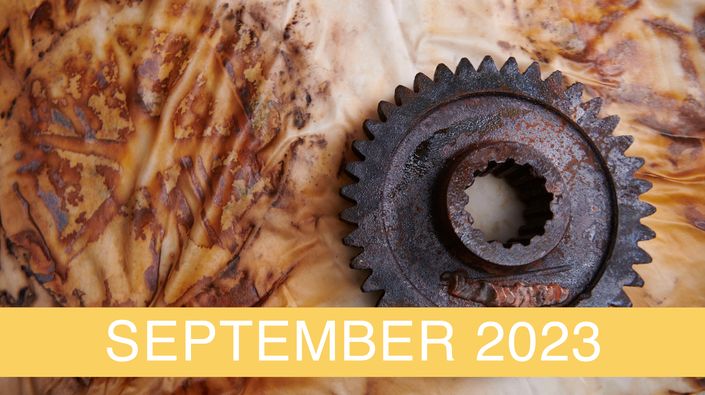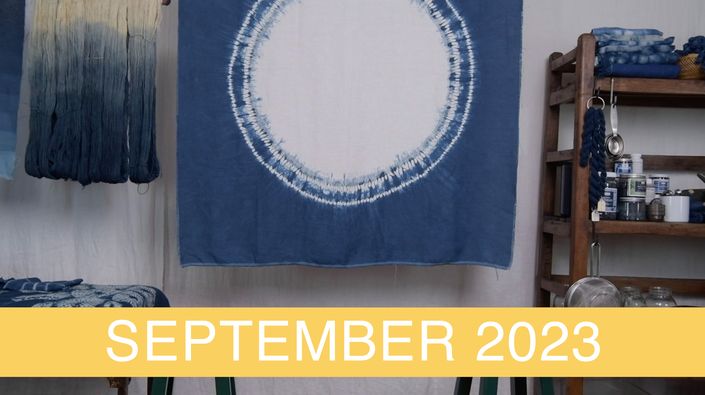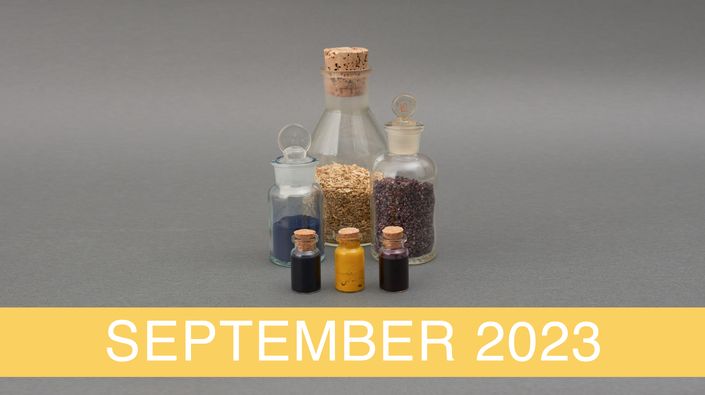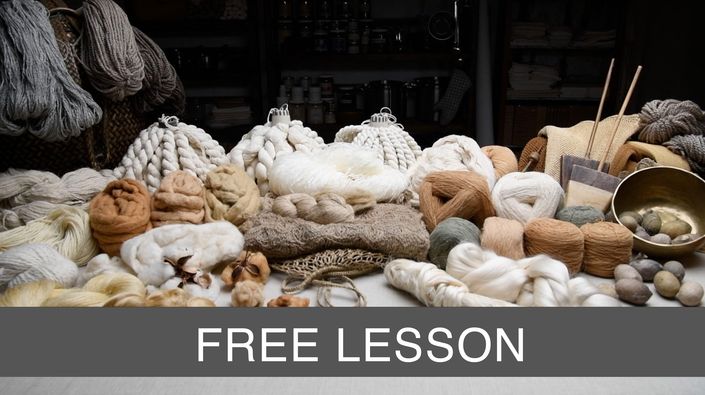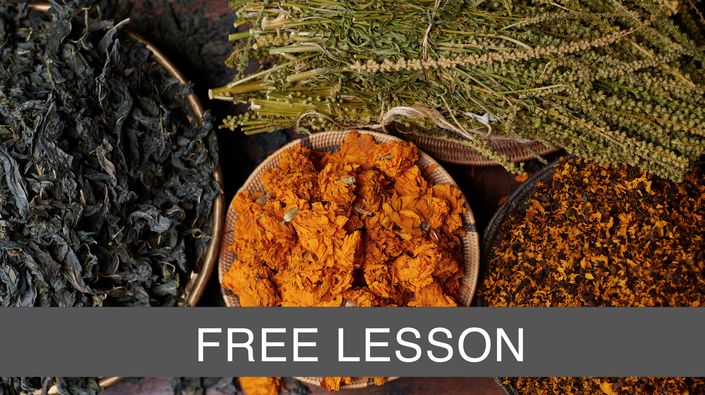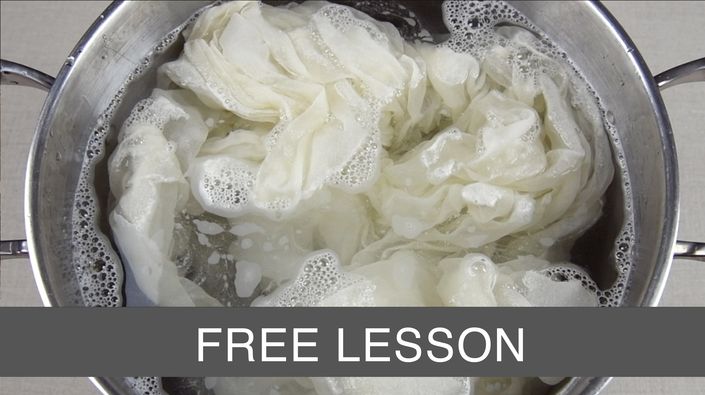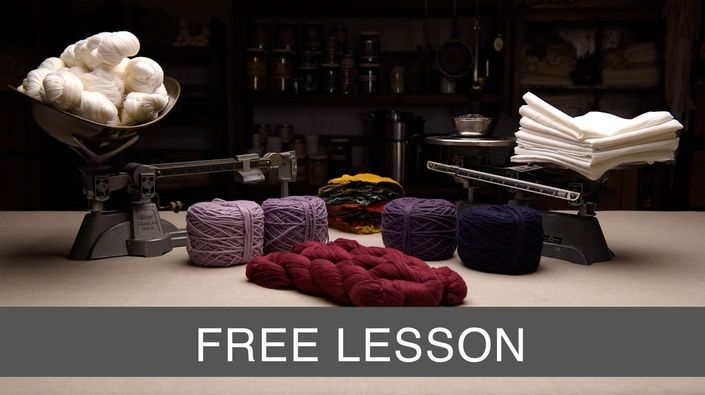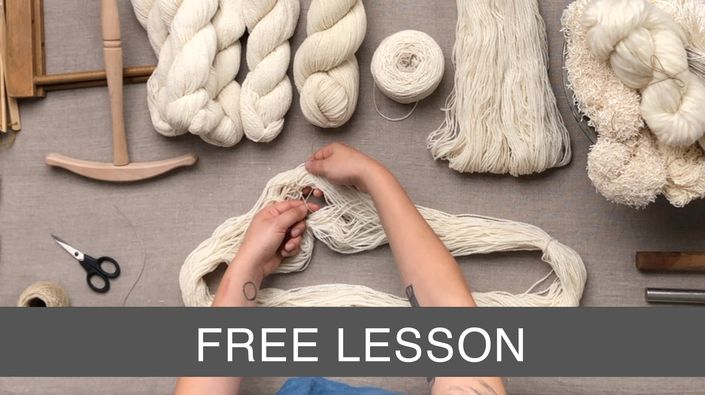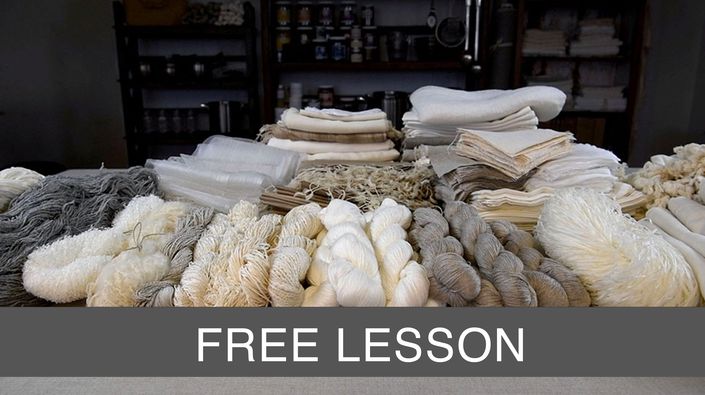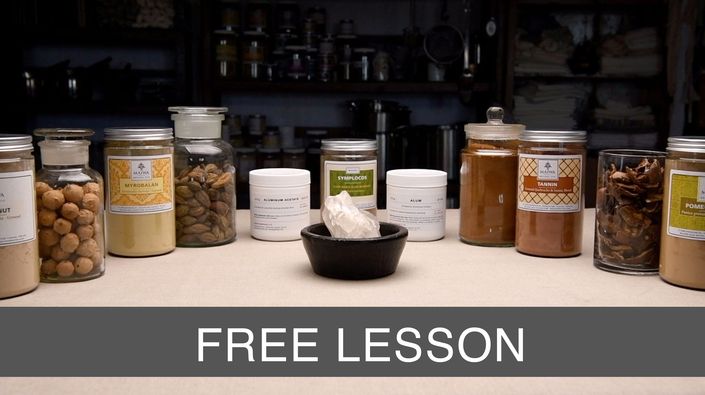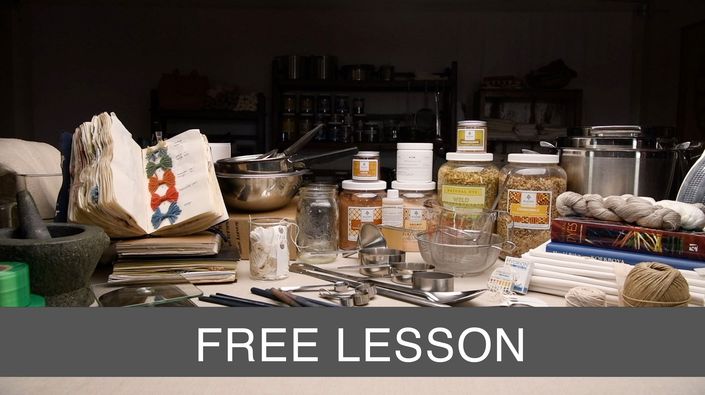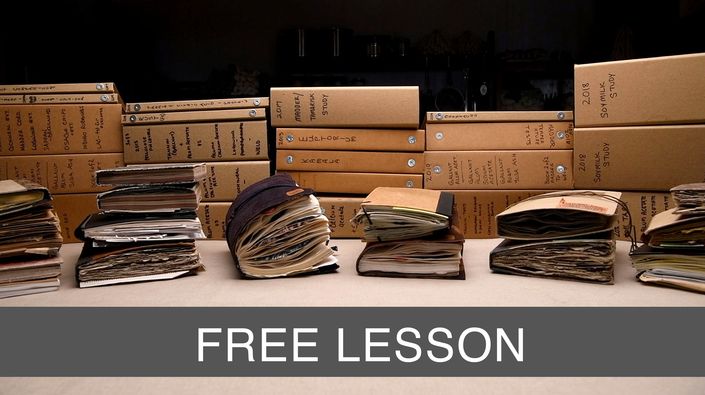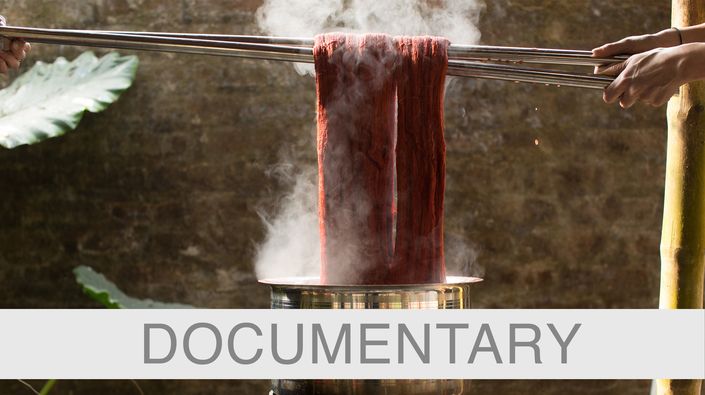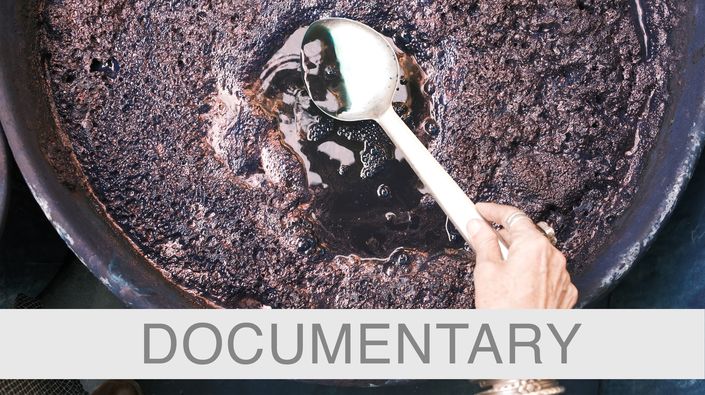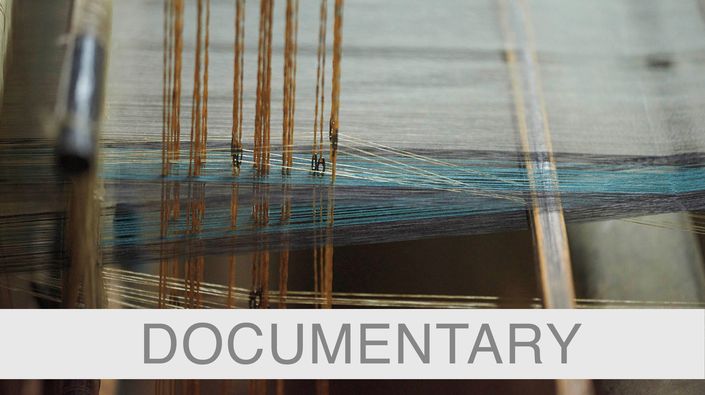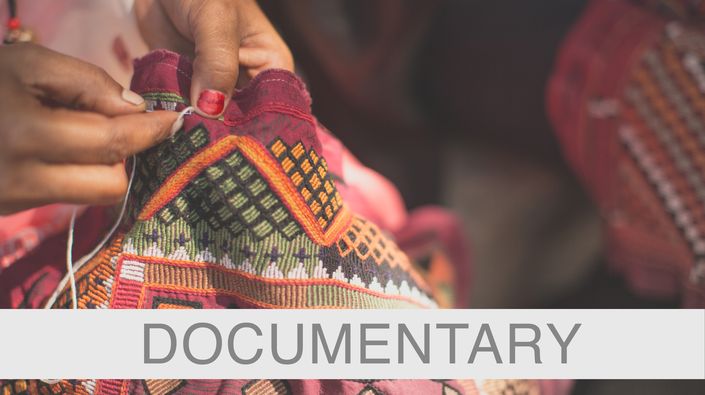This workshop is full and in session.
Details about the next registration can be found here.
Be the first to know about the next offering:
Join the Maiwa Mailing List
The first workshop of its kind.
A pathway through modern science organized around the study of natural dyes. From the atom and molecular diagrams to the reduction and oxidation of indigo, to acids and bases, and all the way up to the complexity of tannin-mordant dye chemistry.
Learn why the study of natural dyes is one of the most engaging ways to investigate matter and materials.
In this workshop students will open up one of the most colourful mysteries of all time — why plants give colour and how this colour is preserved on textile fibres. The course will bring students along on a voyage of discovery through human ingenuity and exploration.
We will follow the history of scientific progress alongside the development of craft, and the materials of craft: the production of alkalies from burning plants, the production of pigments by putting these alkalies to use, the production of dye molecules inside plants, why oxidation happens and how it transforms an indigo leaf from green foliage into a blue pigment. How a few functional groups (the magnificent seven) explain the formation of tannins, solubility and acidity. We journey to the very heart of colour and discover what it is that produces the hues we love — at the molecular level.
This workshop will most benefit the experienced dyer, or the artisan who has a strong curiosity about materials — especially mordants. It will also benefit those who work alongside natural colour — teachers, archivists, conservators, researchers and historians. Our explorations will be mainly process based, and qualitative, if you can handle weight of fibre calculation — you will be comfortable in this course.
This is an ideas-based workshop driven by wonder and curiosity about dyes, dyeing, and the natural world. There are no textile projects in this class.
Included in the Workshop:
• Over 130 lessons in 18 modules covering everything from ions to indigo.
• Comprehensive videos for each module, providing clear explanations with animated diagrams and text.
• Over 220 pages of fully illustrated course notes available as downloadable PDFs, including references and links to both video and print support materials.
• Access to a robust Q&A section with instructors answering questions 3 times a week.
• An online quiz for each module so that you can review key concepts.
• One live Zoom event to wrap up the workshop and inspire you on your journey.
For more detailed information on workshops view our Frequently Asked Questions.
*COURSES ARE PRICED IN US DOLLARS TO PERMIT PAYPAL AND E-PAYMENTS THROUGH TEACHABLE.
Watch the NATURAL DYES: ALCHEMY CHEMISTRY CRAFT Trailer
The Dyer and The World
Between two Worlds — Making and Understanding
A Beautiful Understanding
The Power of Metaphor
A Student of SSL (Science as a Second Language)
The Solar System Model
Atoms Are Mostly Empty Space
The Strange Life of Electrons
Do Elements Have Fingerprints?
A Field Guide to The Elements
The Periodic Table as a Theory
Building The Periodic Table
Working With The Periodic Table
How Many Molecules in a Dye Pot?
Orbitals
Vital Molecules - What It Means To Be Organic
Molecular Scaffolding
Flavanoids
Quinones
Indigoids
Poetic Chemistry
The Alchemical Project - Explaining Change
Alchemy and Craft
The Last Alchemist
Atomic Desire
The Music of the Elements
Atomic Desire: Electron Envy
Charged attraction — Ionic Bonds
How to Combine Ions
Polyatomic Ions
Balance in Names and Equations
Tables and More Tables
The Lime Burner
Lake Pigments and Coloured Plaster
Alkalis, Oxides and Earths - Purified by Fire
Aluminum and Iron Mordants as Ionic Compounds
Coin of The Realm
Oxidation States
Colourful Oxides: Mineral Pigments
Indigo: The Blue Mystery
Three Necessary Things
The Power of Sharing - Covalent Bonds
Lewis Structures
Line Formulas
Bartenders and Chemists - Valence
The Dreams of Sleeping Chemists: Rings
The Man Who Could Feel Colour with His Fingers
Breaking Light
Dyes, Chromophors, Chromogens, Auxochromes
The Great Colour Shift
The Magnificent Seven
Alcohol
Ketone
Aldehyde
Carboxyl
Ester
Ether
Amine
Flexible Relationships — Metallic Bonds
Water - Totally Bent
Polar Solutions
The Saponification Process
How Soaps Work
Solubility — The Ghost in the Water
What does it mean to dissolve?
Properties of Solutions
Water: Hard, Soft, Softened
Plants — The Original Synthetic Chemists
Living Cells — Animal or Vegetable
Photosynthesis and Plant Metabolism
Keep Your Sugar Beside You
Tannins
The Dyer’s Three Tannins
Gallotannins
Ellagitannins
Catechic Tannins
Manipulating Tannins
Fast and Fugitive — Tannins and Flowers
Anthocyanins & Anthocyanidins
More Flavonoids — Flavones, Flavonols, and Others
Colourful Fugitives: Betalains
Claws and Fast Colour - Chelation
Structure and The Family
Breaking Water
What Makes An Acid Acidic?
Strong And Weak Acids
Strong And Weak Bases
Concentration, Strength, And Pka
The Marriage Of Acids And Bases
Acids By Analogy
Tartaric Acid & Cream Of Tartar
pH Shifting
Metallic REDOX
Wine, Beer, Coffee, Tea: Organic REDOX
Reducing Indigo
Reducing Agents
Indigo Extraction: Compost
Indigo Extraction: Fresh Leaf
The Proteins in Protein Fibres
Wool Fibres
Silks
Cellulose Fibres
Cotton Fibres
The Affinity Problem
Linen
Theory of Dyeing
How Big Are These Things?
What are Mordants?
Complex Ions
Who Has The Teeth in This Relationship?
Complex Aluminum Ions
Hydrates and Water of Crystallization
Revisiting Natural Dye Lakes
Complex Iron Ions
Spectator Ions
Aluminum Acetate
The Geometry of Attachment
Iron and Tannin - Iron Gall Ink
The View From Here
Testing Ideas
The Truth About Chemicals
The Future, Natural Dyes and Chemistry

Meet Your Instructors:
Tim McLaughlin
Tim McLaughlin is a natural dye researcher. He holds a Masters Degree in Philosophy of Science from the University of Western Ontario. He is also a Canadian artist, writer and photographer. Presently he is active in the production of traditional hand-made inks as a special focus of natural dye use. For over forty years Tim has kept a series of journals as a long-term project in the book arts.
Tim has been active in experimental radio, hypertext fiction (he is included in the Encyclopedia of Literature in Canada), graphic design, book production, and documentary film. He is a founding director of the Maiwa School of Textiles where he teaches ink making. He taught at the Penland School of Craft in 2023 and exhibited in the Penland Gallery in 2019.
See his work at tmcl.ca.
Charllotte Kwon
Charllotte Kwon is the founder of the Maiwa School of Textiles and the owner of Maiwa Handprints. Under her direction Maiwa conducts extensive natural dye recipe development, and maintains a textile archive and research library. Together with Tim McLaughlin, Charllotte has produced four documentary films and a number of print publications. She also guides Maiwa’s substantial online presence and natural dye site: naturaldyes.ca. An expert in natural dyes, she has traveled the world, studying, teaching, and working with artists in traditional techniques in India, Peru, Bangladesh, Ethiopia, and in Canada.
In 2013 she was awarded an honourary doctorate from the University of the Fraser Valley for her advocacy of traditional craft and natural dye use. She is the recipient of the 2017 Robert Jekyll Award for leadership in craft. Charllotte has taught at the Penland School of Craft in 2013, 2017 and 2023.
What is the cancellation policy?
Please see our terms of use for our cancellation policy.
See also our Frequently Asked Questions.
How long do I have access?
Students have access to course materials for 3 years from date of purchase. Regular Q&A support is available during the 10 weeks the course runs. We include a robust collection of student questions (and our answers!) for each module of the workshop.
